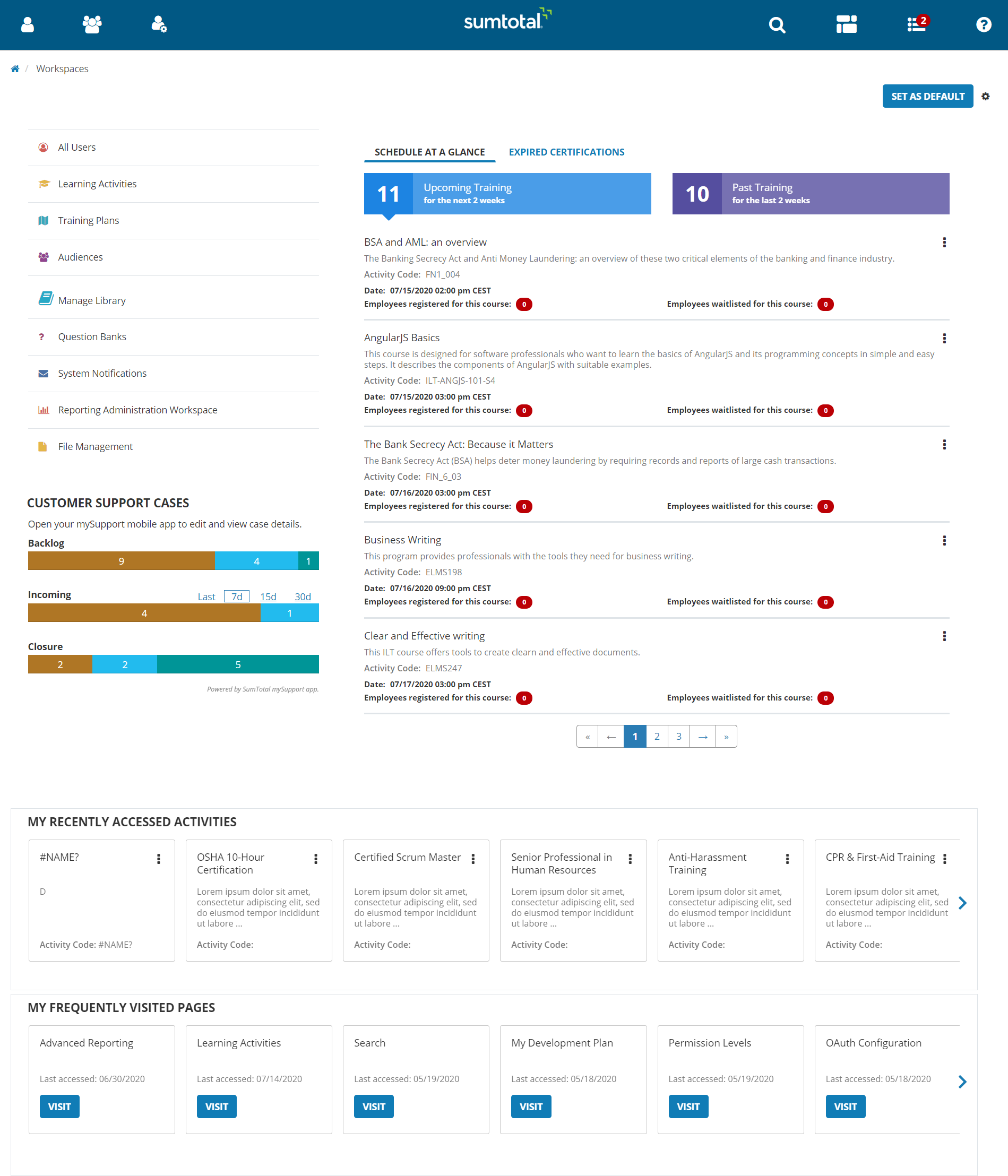

Logs went flying, and one smashed through the wind shield, sailing squarely into Stevie Wonder's forehead. Suddenly the trucker jammed on his brakes, and the two vehicles collided. While on the way back, just outside Durham, North Carolina, Wonder was asleep in the front seat of a car being driven by his friend, John Harris, when they were snaking along the road, behind a truck loaded high with logs. Three days after the commercial release of Innervisions, on August 6, 1973, Wonder played a concert in Greenville, South Carolina. In 1999, Innervisions was inducted into the Grammy Hall of Fame.

It was ranked number 23 on Rolling Stone's list of " The 500 Greatest Albums of All Time", number 24 in the 2012 book version, and number 34 in the 2020 version.

Innervisions is widely considered by fans, critics, and colleagues to be one of Wonder's finest works and one of the greatest albums ever made. At the 16th Grammy Awards, it won Album of the Year and Best Engineered Non-Classical Recording, while "Living for the City" won Best R&B Song. Innervisions peaked at number four on the Billboard Top LPs & Tapes and number one on the Billboard Soul LPs, eventually finishing at number four on the magazine's Top Pop Albums chart for 1974. "Living for the City" was one of the first soul music songs to deal explicitly with systemic racism and to use everyday sounds of the street such as traffic, voices and sirens, which were combined with the music recorded in the studio. The album's closer, " He's Misstra Know-It-All", is a scathing attack on then-US President Richard Nixon, similar to Wonder's song a year later, " You Haven't Done Nothin'". The nine tracks of Innervisions encompass a wide range of themes and issues: from drug abuse in "Too High", through inequality and systemic racism in " Living for the City", to love in the ballads " All in Love Is Fair" and " Golden Lady". Wonder also played all or virtually all instruments on six of the album's nine tracks, making most of Innervisions a representative one-man band. The instrument was a common motif among musicians of the time because of its ability to construct a complete sound environment. With Wonder being the first major artist to experiment with the revolutionary TONTO (The Original New Timbral Orchestra) synth, developed by Malcolm Cecil and Robert Margouleff, and the ARP synthesizer on a large scale, Innervisions became hugely influential on the subsequent future of commercial soul and black music.Īs with many of Wonder's albums, the lyrics, composition and production of Innervisions are almost entirely his own work, with the ARP used prominently throughout the album. It is also regarded as Wonder's transition from Little Stevie Wonder and romantic ballads to a more musically mature, conscious and grown-up artist. Innervisions is the sixteenth studio album by American singer, songwriter and musician Stevie Wonder, released August 3, 1973, on the Tamla label for Motown Records, a landmark recording of his "classic period".


 0 kommentar(er)
0 kommentar(er)
